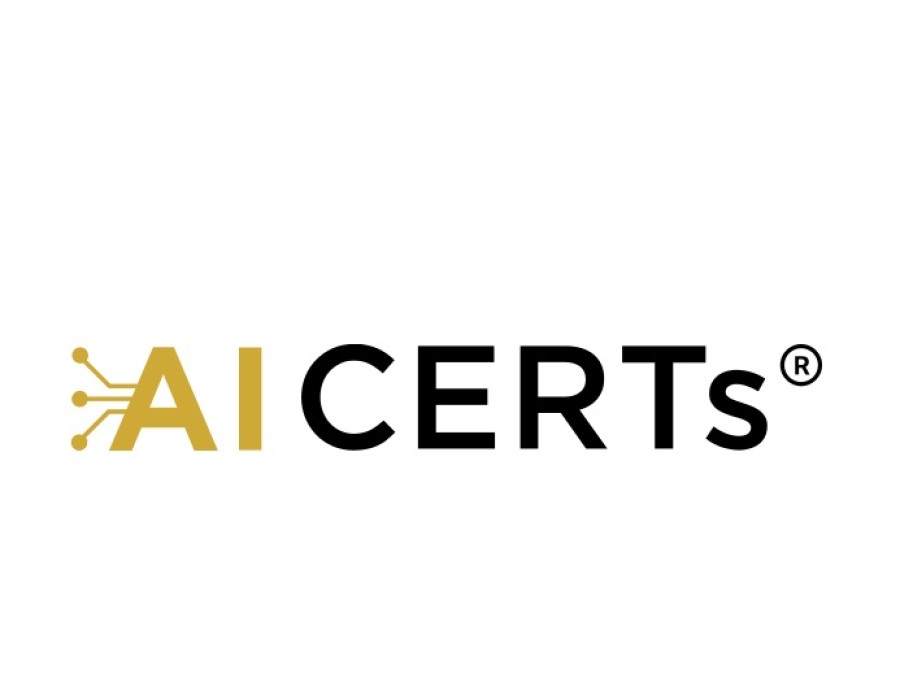As companies continue to adopt AI, many are hitting an unexpected wall, not in their algorithms, but in their infrastructure choices.
Public cloud platforms like AWS, Azure, and Google Cloud were once seen as the obvious launchpad for digital transformation. And for many use cases, they still deliver convenience, scalability, and fast deployment. But when it comes to AI, particularly large-scale, enterprise-grade AI, the cracks are showing.
Costs spiral. Performance lags. Customization is limited. And data compliance becomes a maze.
So, the question is: If public cloud isn’t always the best fit, what’s the smarter path forward?
The answer lies in reimagining your AI infrastructure with alternatives that offer more control, cost-efficiency, and long-term flexibility.
Moving From Cloud-First to Cloud-Smart
The “cloud-first” philosophy once represented agility and speed, but it has also created new bottlenecks. Enterprises face:
- Latency that limits real-time AI decision-makin
- Unpredictable costs due to compute-heavy workloads
- Data governance concerns around sensitive information
- Lack of access to specialized hardware like GPUs and AI accelerators
A “cloud-smart” approach offers a better path. This model doesn’t abandon the cloud but uses it strategically alongside localized and edge-based infrastructure. AI applications such as autonomous vehicles, predictive healthcare, or industrial robotics benefit most when computation happens closer to where data is generated. This hybrid strategy ensures not only speed and efficiency but also compliance and resilience.
Localized Infrastructure as the Backbone of AI
AI thrives when it runs on infrastructure tailored to its environment. Localized data centers and edge deployments reduce reliance on distant cloud servers and unlock several benefits:
- Reduced latency for mission-critical workloads
- Increased reliability with customized configurations
- Sustainability gains through energy-efficient cooling systems
- Regulatory compliance with data staying inside local borders
For instance, logistics companies optimizing supply chains or hospitals deploying AI diagnostics cannot rely on distant data centers alone. Localized AI infrastructure ensures uninterrupted service and supports context-driven innovation.
The Rise of AI Architects
As infrastructure evolves, so does the demand for professionals capable of designing and managing these complex systems. Earning an AI Architect Certification has become a strategic advantage, as it equips professionals with the skills to evaluate workload requirements, integrate hybrid systems, and ensure scalability. These architects bridge the gap between technical design and business outcomes, enabling organizations to get maximum value from their AI investments.
Learning the Language of AI Systems
For aspiring professionals, the ability to learn AI systems architecture is critical. This discipline goes beyond traditional IT skills by teaching how storage, compute, networking, and accelerators interact to form resilient AI platforms. Mastery of these systems ensures that organizations can deploy AI solutions that are both technically sound and strategically aligned with operational goals.
Programs That Shape Future Leaders
Dedicated initiatives such as an AI solution architecture program prepare IT leaders to design advanced infrastructure strategies. Unlike generalized cloud certifications, these programs focus on AI-specific needs like distributed model training, edge inferencing, and workload orchestration. With such knowledge, professionals can position themselves as indispensable leaders in the AI-driven enterprise.
Building Expertise for Impact
For many, the career goal is to become an AI architect who can design infrastructure that directly fuels innovation. From enabling predictive analytics in supply chains to powering smart cities, AI architects are at the forefront of transformational change. Their expertise not only enhances business performance but also ensures long-term competitiveness in a world increasingly shaped by intelligent systems.
Advanced Training for a Competitive Edge
Organizations that invest in advanced AI architecture training for their teams stand to gain a clear advantage. Such training empowers employees to:
- Optimize hybrid AI workloads for scale and reliability
- Ensure secure and compliant data handling
- Improve cost-effectiveness without sacrificing performance
- Drive sustainability through energy-efficient designs
This investment is not just about technical growth; it’s about ensuring that the enterprise as a whole can navigate the evolving demands of AI-powered innovation.
Conclusion
The cloud will continue to play an important role, but it cannot shoulder the weight of AI innovation alone. Smarter infrastructure—built on a hybrid foundation of cloud, edge, and localized resources—represents the future. Enterprises that embrace this model will gain the flexibility, speed, and sustainability needed to thrive. As we move beyond the cloud hype, it is this new generation of infrastructure that will unlock AI’s full potential and shape the innovations of tomorrow.




.jpg)

Comments